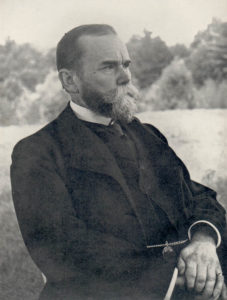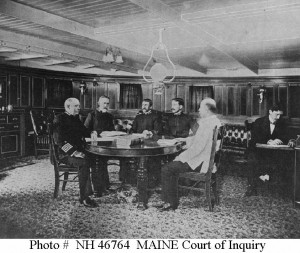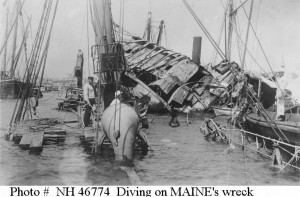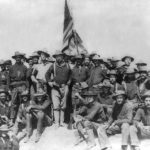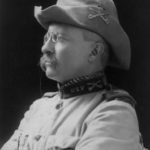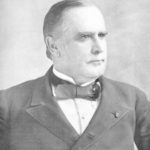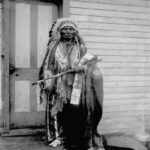The end of the nineteenth century brought about the beginning of the Canton Asylum for Insane Indians. Indian agent Peter Couchman had suggested a separate facility for Indian patients in 1897, Senator Richard Pettigrew had endorsed the suggestion, and the Indian Bureau had cooperated in forwarding his cause.
The asylum, however, was a relatively minor matter for most of the country’s population, who focused, instead, on the Spanish-American War.
President William McKinley had sent the battleship USS Maine to Havana in January, 1898, to protect U.S. interests in Cuba during the latter country’s fight for independence against Spain.
The Maine exploded in Havana Harbor in February, killing 266 men; the explosion was attributed to Spanish sabotage. Spain and the U.S. declared war in April, and newspapers joined the fray with headlines proclaiming: “Remember the Maine! To hell with Spain!”
Though the conflict lasted for only ten weeks (ending in August, 1898), the fighting captured the attention of Americans who were still another two decades away from the slaughter of WWI. The Spanish-American conflict was, according to Secretary of State John Hay, “a splendid little war.” Much of the public’s enthusiasm had to do with the war’s short duration and the exploits of the Rough Riders, the topic of my next post.
